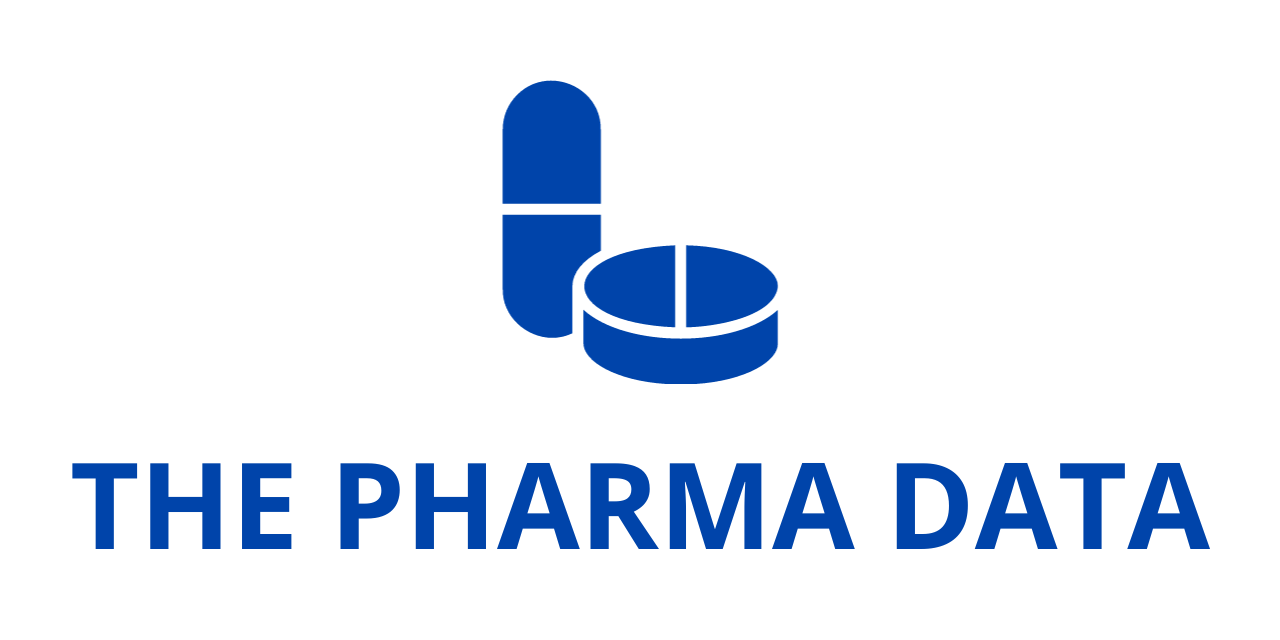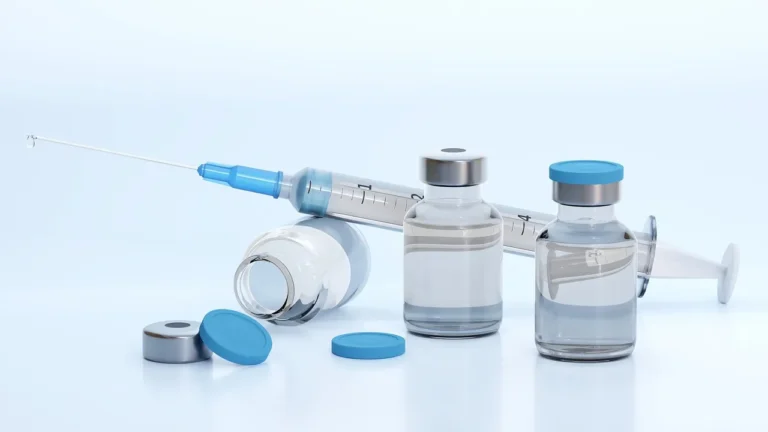
Intellia Grapples with Safety Questions in ATTR Gene Editing Trial Amid Broader Sector Scrutiny
Intellia Therapeutics’ stock took a steep dive Thursday morning, shedding approximately 26% of its value after the company disclosed a serious adverse event in its ongoing late-stage clinical trial evaluating nexiguran ziclumeran (nex-z), a CRISPR-based gene editing therapy developed in collaboration with Regeneron for transthyretin amyloidosis (ATTR). The news, released in a regulatory filing late Wednesday, revealed that one patient in the pivotal Phase III MAGNITUDE study experienced a Grade 4 elevation in liver enzymes, the second such event recorded in the program’s clinical development.
Despite the significant market reaction, several analysts were quick to downplay the safety signal, framing it as an isolated and expected event within the broader context of gene editing and gene therapy development. However, the incident has reignited concerns over the safety of genetic medicines, especially as the sector continues to reel from recent patient deaths in other gene therapy trials.
Details of the Safety Event
The MAGNITUDE Phase III trial has so far enrolled 765 patients, with approximately 200 having received doses of nex-z. The adverse event in question involved a significant spike in liver transaminases—enzymes indicative of liver stress or injury—in a patient who was otherwise asymptomatic and did not require hospitalization or pharmacological intervention.
According to the company, the patient exhibited normal alanine aminotransferase (ALT) and aspartate transferase (AST) levels at baseline. Enzyme levels began to rise one week following the infusion of nex-z, peaking at day 28 with a Grade 4 classification for ALT and later declining to Grade 3 for ALT and Grade 2 for AST by day 36. The patient never met the threshold for a diagnosis of drug-induced liver injury, and the condition resolved without medical treatment. These findings were consistent with previous reports in early-phase studies, Intellia noted.
The first serious liver enzyme elevation occurred during the Phase I portion of nex-z’s clinical development, with that patient also returning to baseline liver function within six to eight weeks after treatment. Although these events have been rare, their recurrence across two separate trial phases has drawn scrutiny from both regulators and investors.
Analyst Reactions: A Split View on Risk
Reactions from Wall Street have been mixed but leaned toward cautious optimism. Analysts from William Blair acknowledged the disappointment but emphasized the limited incidence rate of such adverse events. “The second grade 4 [liver function test] serious adverse event with nex-z is obviously disappointing,” the team wrote, noting that “there will be outstanding questions about safety moving forward,” especially with broader concerns hanging over the gene therapy sector.
The firm calculated that with roughly 305 patients dosed across all nex-z trials to date, the occurrence rate for this particular liver-related side effect stands at just 0.66%. This is considered relatively low for a first-in-class, single-dose gene editing treatment. “We will be keeping an eye on this,” William Blair added, “but it is an objectively low rate, and we do not believe at this time it should have broader read-through to other LNP-delivered genetic medicines.”
Meanwhile, Truist Securities was more dismissive of the safety issue, writing that it “does not cross the threshold for us to be concerned about the safety profile of one-and-done nex-z just yet.” The firm nonetheless advised continued vigilance, citing the recurrence of enzyme elevation from Phase I to Phase III as a pattern worth monitoring.
BMO Capital Markets echoed a similar stance, referring to the liver enzyme elevation as a “non-concern” in their note to investors. However, BMO also suggested that the market’s reaction—Intellia shares dropped 18% in aftermarket trading and continued falling at the open—may have less to do with the specifics of Intellia’s safety report and more to do with heightened anxiety surrounding gene therapies in general.
Context: A Sector Under a Microscope
This adverse event comes on the heels of several troubling developments in the gene therapy space. Earlier in the week, Rocket Pharmaceuticals disclosed the death of a patient enrolled in its Phase II trial of RP-A501, a gene therapy targeting Danon disease. The company voluntarily paused the study, prompting the U.S. Food and Drug Administration (FDA) to officially place the trial on hold.
Other recent fatalities have emerged in clinical trials run by Sarepta Therapeutics and Neurogene, further eroding confidence in the safety of gene therapies. While these cases involved adeno-associated virus (AAV) vectors as the delivery mechanism, and Intellia’s program uses lipid nanoparticles (LNPs), the optics of multiple safety incidents across the sector have not gone unnoticed by investors or regulators.
BMO analysts were quick to draw this distinction, noting that Intellia’s LNP-based delivery system differs fundamentally from the AAV vectors used in the aforementioned studies. “We believe [Intellia’s] post-market stock reaction to Phase III safety update reflects recent safety concerns raised in the broader gene therapy space from unfortunate patients deaths,” BMO wrote. “It is important not to conflate these different platforms.”
The Role of Delivery Mechanism
The recurring nature of the liver enzyme elevations in the nex-z program has sparked a deeper conversation about the relative safety of various delivery mechanisms in gene therapy. William Blair analysts questioned whether the adverse events are attributable to the therapeutic agent itself or to the LNP-based delivery method used to ferry the CRISPR machinery into cells.
Intellia management suggested that the timing of the latest patient’s ALT/AST spike—occurring several days after dosing—made it unlikely to be caused by immediate LNP toxicity. Supporting this hypothesis, BMO pointed to data from Verve Therapeutics, which also employs LNPs in its cardiovascular gene editing programs. While Verve previously faced safety concerns with earlier candidates, its latest data showed no signs of toxicity, potentially signaling progress in LNP formulation or administration.
BMO emphasized the comparative predictability and safety of single-time LNP administration versus AAV, which can linger in the body and lead to more complex immune responses. “We believe that a single-time LNP administration is likely more safe, predictable, and understood than a single-time AAV-based gene therapy,” they wrote.
Next Steps and Continued Confidence
Despite the setback, Intellia’s development program for nex-z continues uninterrupted. Truist Securities reported that the Phase III MAGNITUDE trial remains on schedule with no protocol changes anticipated. Enrollment is progressing as planned, with completion targeted for early 2027.
The next milestone for the company will be a two-year data readout from the Phase I trial, expected in the second half of 2025. According to BMO, this update could provide valuable insight into the long-term durability and safety of the therapy.
William Blair maintained a favorable outlook on the risk-benefit profile of nex-z for treating ATTR, a rare but increasingly competitive disease area. Multiple companies are advancing new treatment modalities for ATTR, ranging from RNA interference and antisense oligonucleotides to small molecules and gene editing. As such, safety will remain a key differentiator in the crowded field.
“Given the low incidence of serious adverse events,” William Blair wrote, “we remain confident in the clinical and commercial potential of nex-z. However, the increased attention on safety across the gene therapy sector means that every event—no matter how minor—will be magnified moving forward.”
While the liver enzyme elevation observed in Intellia’s trial is clinically manageable and asymptomatic, its timing amid a wave of adverse outcomes across the gene therapy landscape has amplified investor anxiety. Still, the reaction may be disproportionate to the actual safety risk posed by nex-z. The coming months will be critical for Intellia, as further data readouts and competitive dynamics in the ATTR space will test both the resilience of its clinical program and the market’s confidence in CRISPR-based therapeutics delivered via LNPs. As the gene therapy field evolves under a microscope, companies like Intellia will need to strike a delicate balance between innovation and safety assurance.




